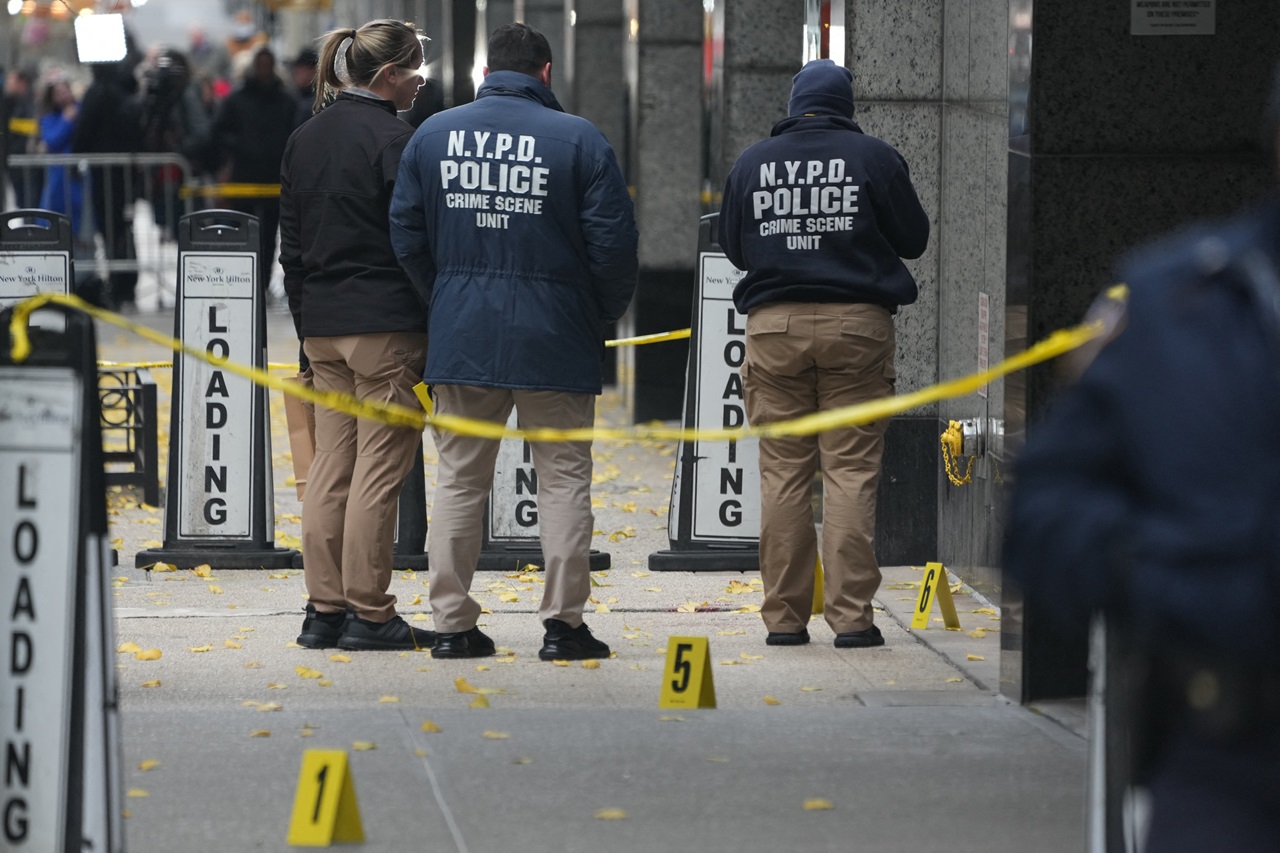
Examining Indigenous Peoples' Day in the aftermath of COVID-19
At one point, tribes like the Navajo Nation suffered COVID-19 infection rates higher than New York City. No one cared.
The traumas of Indigenous Peoples did not begin and end with the initial onslaught of colonization. They have spanned generations, and the effects are just as present in 2020 as when they began in the fifteenth century.
The Indigenous peoples of the Americas have suffered what has long been overshadowed as the worst genocide the modern world has ever seen, covering a few hundred years.
Disease and violence brought here from Europe decimated the Native populations across the continent, and now, the voices left confined to incredibly small reservations on the most unwanted land of the nation, are left to be heard on a single day of the year.
Indigenous People’s Day is the one day out of the year that these voices are remembered. This year more than any in recent years, is especially important to consider Native lives, and how they are factored into the countless headlines that have impacted 2020.
COVID-19, at one point, was impacting Native Peoples, specifically the Navajo Nation, at a rate greater than Black and Latinx lives. The Navajo Nation had the highest per-capita infection rate in the United States, with more deaths than multiple states combined.
But once the rest of the nation began to suffer the devastating effects of COVID-19 transmission as well, attention died down. Indigenous Peoples had to go on, to fend for themselves.
It was already known Native peoples experience much higher rates of chronic disease than non-Hispanic whites, according to information from the Urban Indian Health Institute. They are more likely to experience coronary heart disease, diabetes, obesity, and smoking.
Each of these preexisting conditions narrows the COVID-19 survival rate, and through this, the pandemic highlights further racial divides in healthcare. Again, this was data from 2019, yet the U.S. did nothing to prepare, or mitigate the spread in time.
Already, the seclusion of Native tribes results in fewer resources like basic access to water, sanitation, and housing. More than a third of Navajo Nation households lack running water.
And while for a few weeks, news of the Navajo Nation’s struggle was widely reported on, what was done? It took outside organizers and Ireland to send aid.
Recently, the Navajo Nation has been reporting much lower cases of COVID-19 transmission, despite food deserts, inadequate health facilities, no universal running water, and insufficient resources as a whole. Still, with little outside help, the Navajo Nation’s leaders, with assistance from a select few U.S. politicians, has seen a turnaround.
Adding on to the COVID-19 crisis, another swept the entire nation.
In late May, when George Floyd was killed at the hands of Minneapolis police, there reignited a call for abolishing racist symbols of white oppressors. What was interesting, is these symbols expanded beyond figures of the U.S. South.
Junipero Serra, for instance, and Christopher Columbus were among many new historical figures that saw renewed criticism for taking part in the continent-wide eradication of the Indigenous population.
Such attempts at reparations are merely thinly veiled attempts of performative action.
RELATED CONTENT
Today, not all states observe Indigenous people’s day in lieu of Columbus Day. The nation continues to disrespect Native peoples and their lands, especially in 2020.
Therefore such attempts at reparations, through the naming of a single holiday, are merely more thinly veiled attempts of performative action.
The roots of Indigenous Peoples’ Day sprouted from a 1977 conference on discrimination sponsored by the United Nations.
In the U.S., South Dakota was the first state to recognize the day in 1989. Berkeley and Santa Cruz, in California, followed. Now 130 individual cities observe the holiday.
But nationwide, only 14 states observe Indigenous Peoples Day instead of or in addition to Columbus Day. They include Alabama, Alaska, Hawaii, Idaho, Maine, Michigan, Minnesota, New Mexico, North Carolina, Oklahoma, Oregon, South Dakota, Vermont, and Wisconsin. Also included is the District of Columbia.
California and Tennessee observe Native American Day in September.
It’s important to remember, whether the nation is celebrating Columbus Day or Indigenous people’s day, those in the top leadership positions in our nation aren’t observing either one.
Instead, the Trump administration is using this Federal holiday to further — inadvertently or not — disenfranchise Indigenous Lives. President Donald Trump’s Supreme Court Nominee Judge Amy Coney Barrett’s proven conservative history could spell more trouble for Native Peoples, specifically in terms of upcoming decisions over the Indian Child Welfare Act.
It aims to keep Native American children from being adopted or placed in foster care outside their families, tribes, or Indian Country. It is currently being considered by a federal appeals court in New Orleans, but it could very soon end up in the Nation’s top court.
This year has truly shown the nation has no problem with unabashedly showing its true colors. Through pandemic, calls to end systemic racism, and a slow road to recovery, there are a multitude of reasons to keep Indigenous lives in mind today and every day looking forward.











LEAVE A COMMENT:
Join the discussion! Leave a comment.